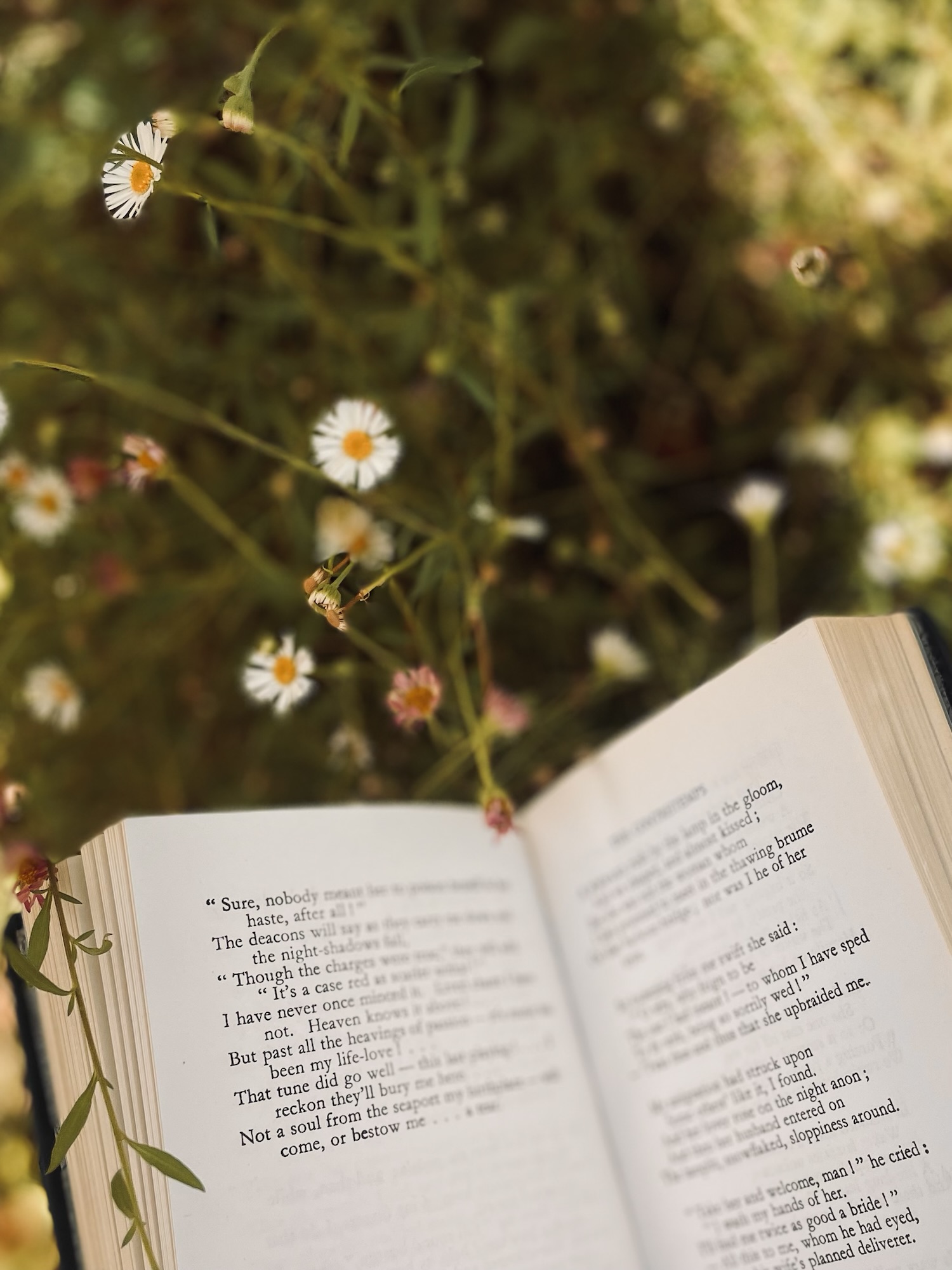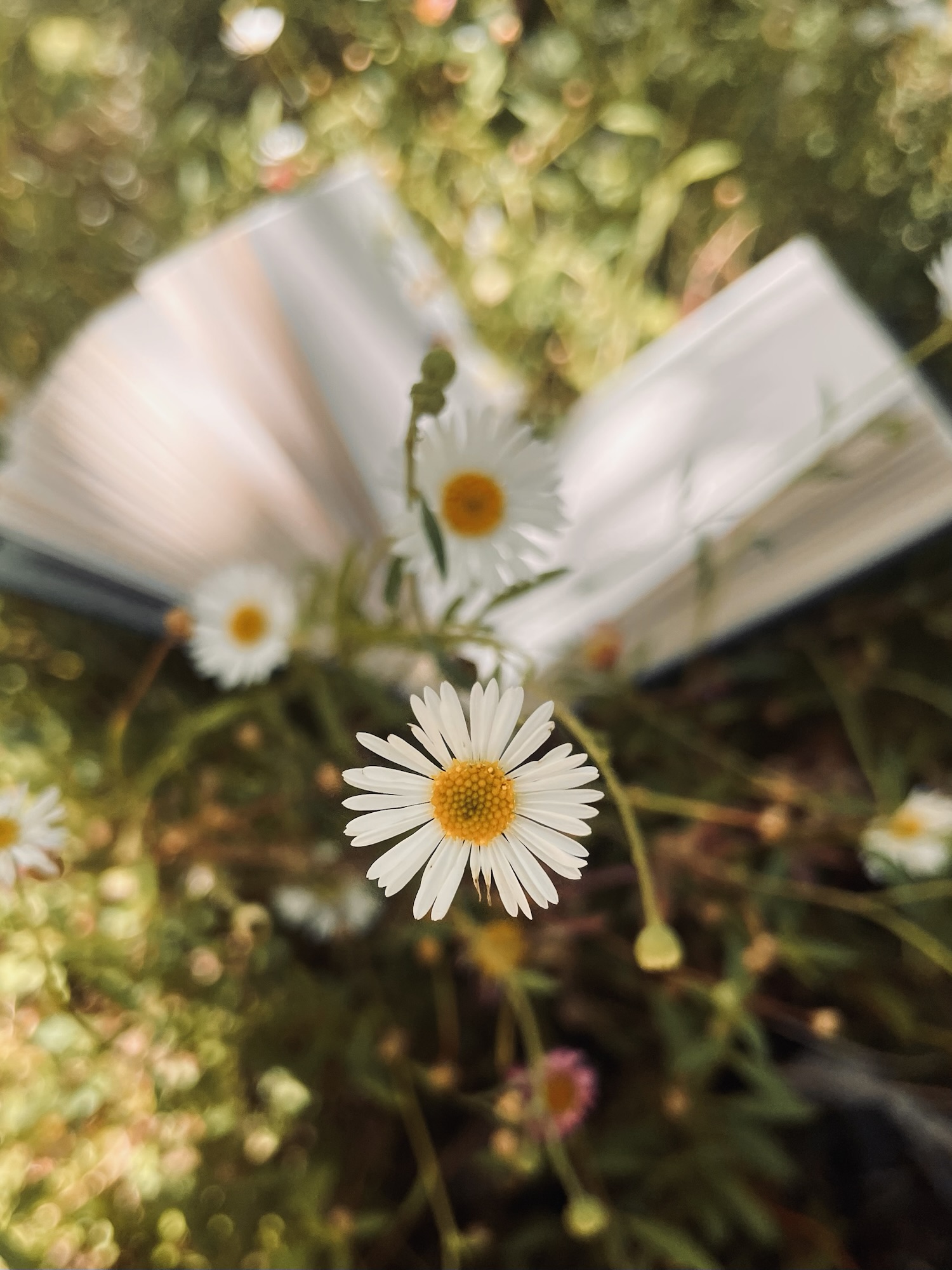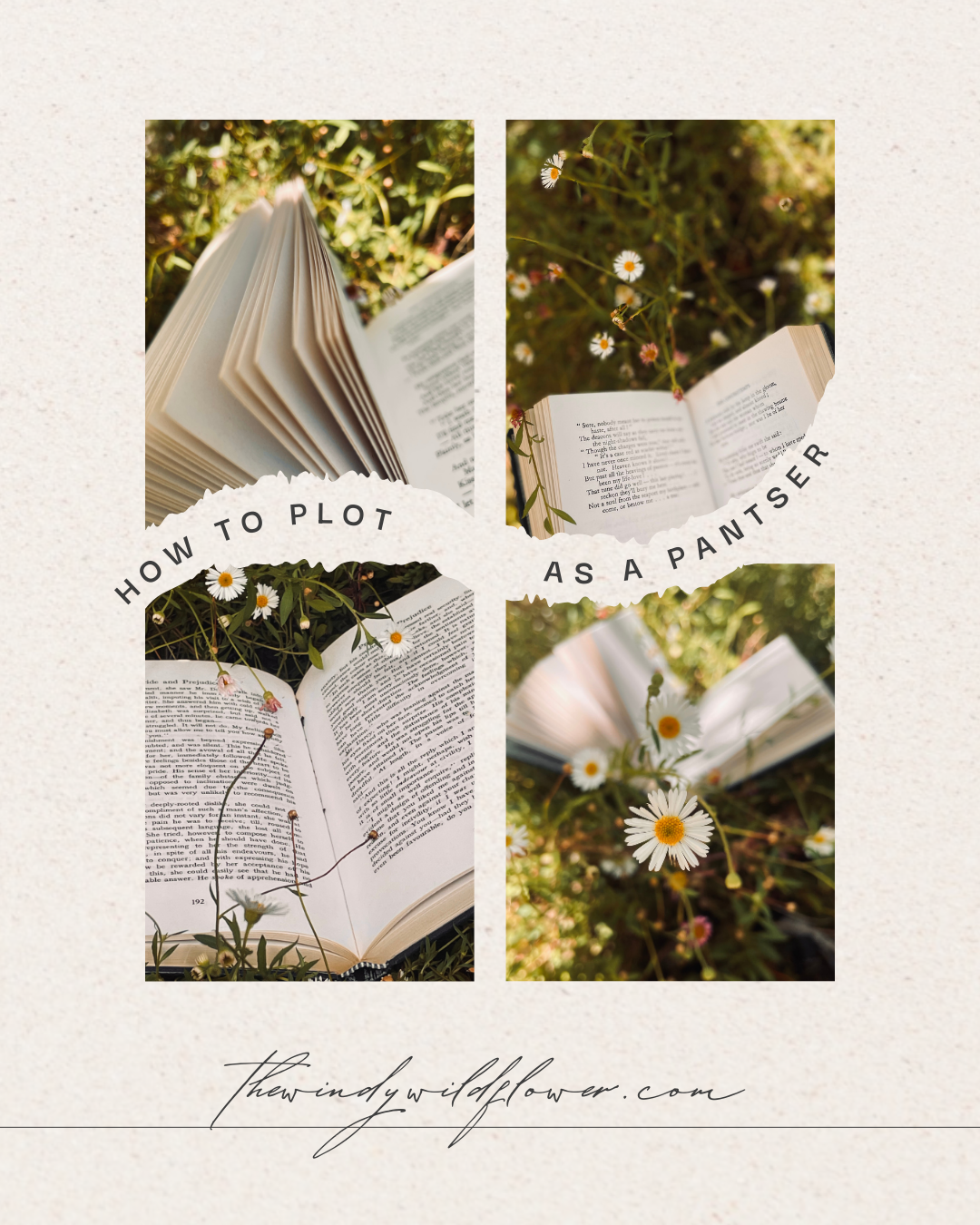How to plot your book as a pantser
Being a pantser myself, plotting books is something that tends to be a rather brief affair. But that doesn’t mean the plotting stage is for nothing. I know that you may be thinking “if she is a pantser, why is she plotting at all?”. But although I don’t call myself a plotter, there is always a small level of planning that goes into my books.
By the time I get to the plotting stage I already have a book idea, and have started fleshing out characters, setting, and plot. Book ideas come to me with a flurry of excitement and enthusiasm. I usually spend some time day dreaming about it before plotting. If you’d like to learn more about that stage, read my post about it here. I let you in on my day dreaming secrets, and give you some tips on how to expand your idea.
So, now we have the book idea, where to start with plotting? More importantly, where to start with plotting as a pantser? But perhaps an even more important question is: why should you plot your book as a pantser in the first place?

Why should we plot books as pantsers?
Plotting books can sound like a long rigmarole of plot points, scene cards, organization, and too much structure. I am someone who is naturally very unorganized and unstructured. So plotting certainly can feel like a prison at times. But that’s why I’ve come up with my own way of plotting, a way that doesn’t keep me in a box, or force me into a timeline. I’ve come up with a way that suits me, and maybe will suit you too.
Plotting isn’t all about having every single detail figured out. It’s also about getting a feel for the characters’ voices, your world, and ultimately, your story. Having a good grip on these things can make the drafting process feel less daunting and more exciting. When I know my characters like the back of my hand, writing them into being isn’t so confusing. I already know how they would react to things, what they would decide, or how they’d say something. Of course, I find out so much more during the drafting process, but it is great to have a small foundation to grow from.
To me, as a pantser, the importance of plotting doesn’t lie in figuring out everything that’s going to happen. It’s about forming a vision for my story, something I can work towards. It’s about figuring out why I love these characters, so that when times get tough, I’ll never leave them.
Where to begin?
Beginning the plotting stage of writing a book can feel overwhelming. Where on earth should we start? Timelines or character profiles? Setting or aesthetic? These are all super good questions. Maybe none of these places are a good place to start. I like to start with the story as a whole. Why do I love this story? What is it about these characters that makes me love them so much? What meaning does this story hold for me? All such important questions to figure out before going any further. If we know our why, the rest will flow on from that.
For my earliest books, there wasn’t any clear message, no clear meaning behind the story. By about book three, I figured out that I needed something to tie the rest together. My meaning and message behind the story was what brought things to the next level.
The third book I wrote was called “Out of West Street”. It was about a girl who was an outcast of a futuristic city. She was forced to live in a society where she was not accepted, and deemed worthless. I knew I needed a message behind all of this to make it actually hold meaning. I thought about my own life, and what I had learnt through the years. What I wanted to tell others. The message I chose was even though you may feel alone, there are many people beside you. You just can’t always see it. I wanted to draw from my own experience to make the story personal to me.
What have you learnt in your own life that could apply to these characters and this story? What do you want the world to know as true?

Moving on
Moving on from here is where the typical plotting begins to take shape. Here are some things I like to do in this stage. Use what jives with you, and furthermore, create some of your own steps.
Drawing out a rough timeline
I like to draw a horizontal line, with vertical lines along it. Then I jot down any plot points that I know of so far. It’s an easy way to get a rough idea for how the story will flow plot wise. I don’t use this timeline vigilantly, but simply as a guide for when I’m not sure where to go next.
Character interviews
Character interviews are one of my favourite things to do. I literally sit down with a list of questions and ask (I guess myself) them about the characters. I jot down the answers on paper. It’s a fun way to get familiar with the people of the story. Three VITAL questions I include in all these “interviews” are: what is your greatest fear? What is your desire? What is your misbelief? Of course, realistically, your characters would not be able to answer very accurately, but you, as the author, can search out the answers. It’s so important in story to have tension. DESIRE vs. FEAR equals TENSION.
Setting lists:
I write down a very basic list of different settings I have thought of for the book. Some of these places may include a description if I have got that far. Otherwise just a name. This way, I can insure that I’m giving each location enough love to bring it to life in the drafting process.
To conclude
That basically covers everything I do to plot my books. I cannot think of anything else that takes place in this stage. Very simple, very pantser friendly. I have found that there has been almost as much plotting in the editing stage as at the beginning of the project. Thus, so much of the formation of the story actually happens in the refining process. I think there’s no need to worry too much about making the first draft perfect. No first draft will be perfect. That’s what editing is for. Furthermore, each of us likes to plot in their own way. Take these ideas and make them your own.
Although I’m sure that plotting holds great benefits for some. I have found that when I plot too much, I eventually loose interest in the story and never get around to actually writing the thing. I hope these tips have helped you on your journey with this story.
If you would like to learn more about writing, feel free to browse more blog posts here , or contact me if you have any questions. You can also find me on YouTube at The Windy Wildflower, or the podcast at The Windy Wildflower Podcast. We talk about writing, songwriting, and being a Christian creative in all these places. I also have a free writing resource you can grab on this website here! Join me on the journey of learning to glorify God with our creativity and making dreams a reality.
Till next time friends,
Nika.
